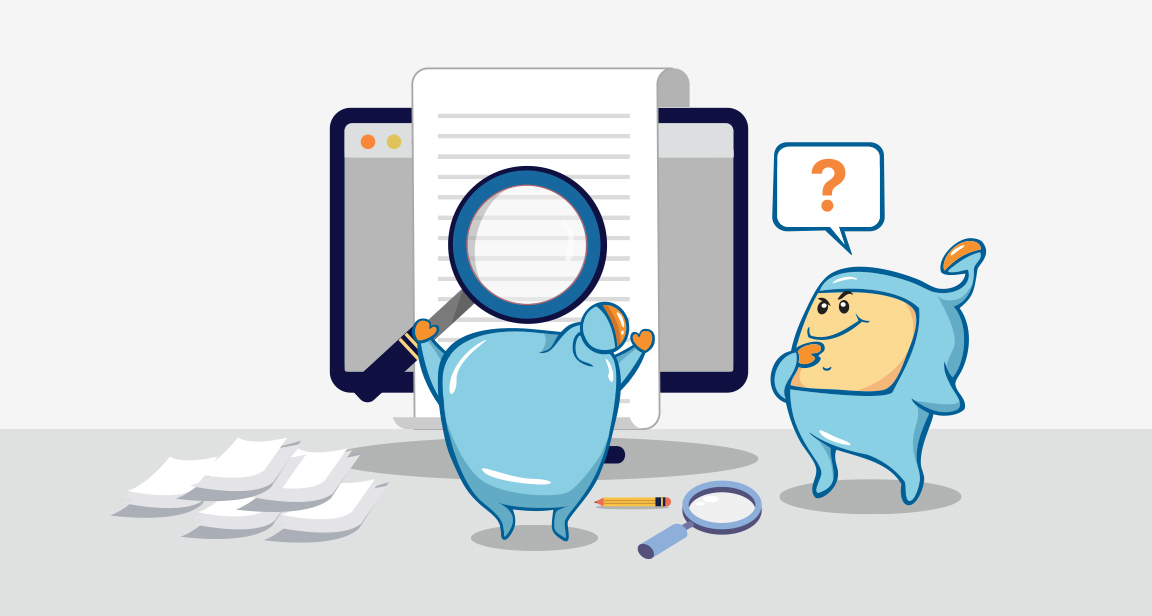The use of AI tools for content has surged over the past two years, with marketers and publishers using them for everything from blog drafts and product descriptions to social posts and FAQs. AI promises speed and efficiency—but also raises questions about originality, accuracy, and compliance with Google’s policies.
Google has clarified its position: AI-generated content is not inherently against the rules. What matters most is quality and intent. If AI helps you create original, useful, people-first content, that’s acceptable. But if it’s being used to churn out low-value, spammy, or deceptive material at scale, then it crosses into policy violations.
What Google Says About AI Content
- AI Is Allowed: Google treats AI content like any other—judging it by whether it’s helpful and trustworthy.
- Scaled Abuse Is Not: The line is drawn at automation used for mass content abuse, such as bulk-generated pages that add little or no value. This falls under Google’s spam policies.
- E-E-A-T Still Rules: Regardless of how content is created, it must demonstrate Experience, Expertise, Authoritativeness, and Trustworthiness. Adding human oversight, context, and originality is critical.
- AI Overviews & AI Mode: Google’s new AI search features don’t require special markup. If your content is indexed and follows SEO best practices, it can appear in AI-generated responses—so long as it’s relevant and high-quality.
Risks of Over-Reliance on AI
While AI tools can scale production, they also create risks:
- Thin or Repetitive Content: Overusing AI often produces generic copy that fails to stand out.
- Accuracy Issues: AI models can generate plausible but incorrect information—dangerous for YMYL (Your Money or Your Life) topics.
- Duplicate Signals: Many AI tools draw from similar training data, raising risks of duplication and low originality.
- Policy Violations: Flooding your site with unreviewed AI pages could be flagged under spam policies and result in ranking losses.
Best Practices: Using AI the Right Way
- Use AI as a Drafting Tool, Not a Final Writer
Let AI handle outlines, summaries, or inspiration—but edit and refine with human insight.
- Inject Human Experience
Add unique perspectives, case studies, data, or commentary that only you (not AI) can provide.
- Fact-Check Relentlessly
Especially for sensitive industries like health, finance, or law, always verify accuracy before publishing.
- Optimize for People, Not Just Algorithms
Keep readability, clarity, and usefulness at the center of your process—Google rewards content that answers user intent.
- Be Transparent When Needed
While not mandatory, disclosing AI assistance in content creation can build trust with your audience.
The Future of AI & Search
Google’s embrace of AI features like AI Overviews shows where the search ecosystem is headed: toward synthesized, generative answers that still depend on quality content sources. That means websites must focus more than ever on being trustworthy, valuable, and authoritative. AI can accelerate content workflows, but human oversight remains essential for standing out and avoiding penalties.
Key Takeaway
Google doesn’t penalize AI content just for being AI-generated. What matters is how it’s used. Content created at scale without quality control risks being flagged as spam, while AI used responsibly—as a tool to support originality, accuracy, and user-first writing—can enhance visibility in both traditional search and Google’s new AI-driven features.
Bottom line: Good SEO is still good SEO. Whether you use AI, human writers, or a blend of both, the priority is the same—helpful, trustworthy content built for people.
